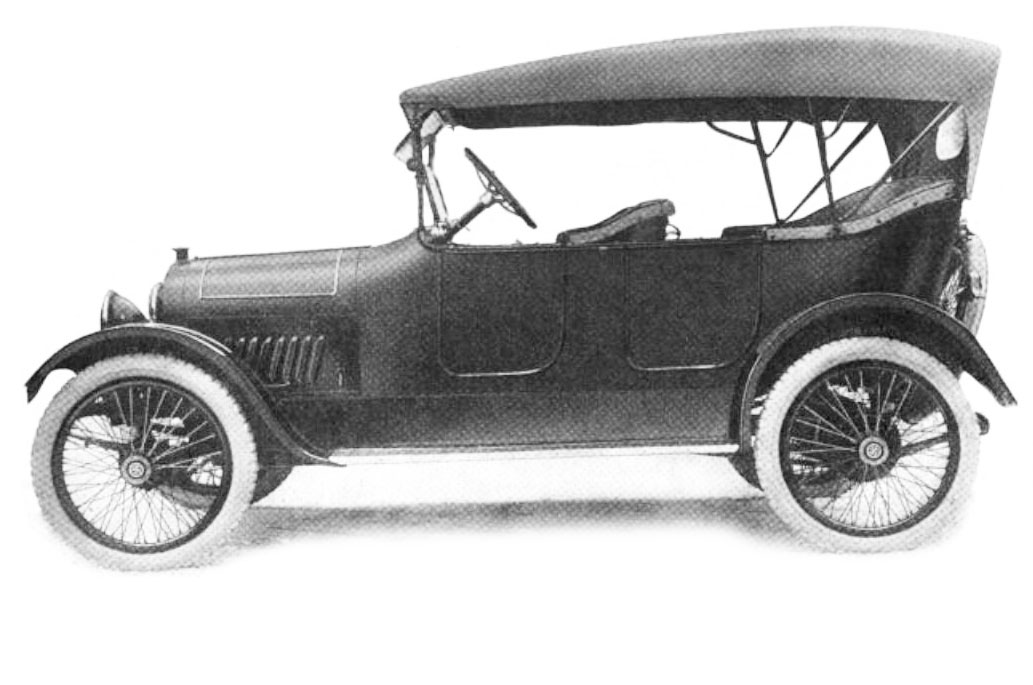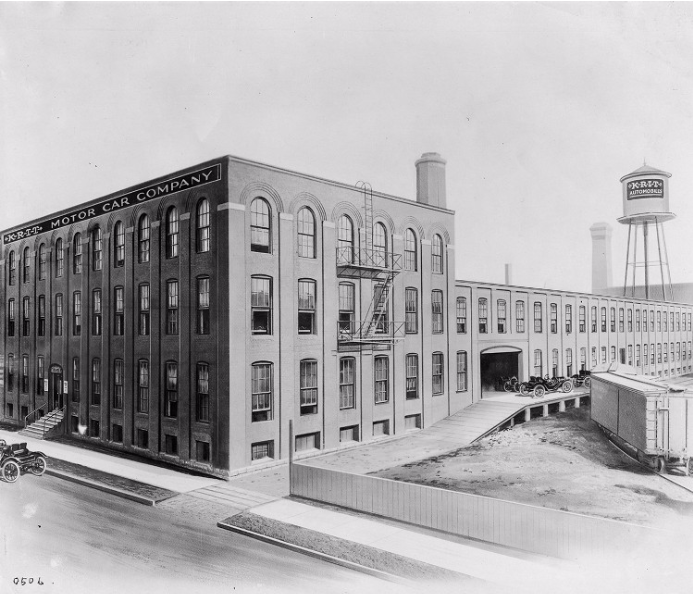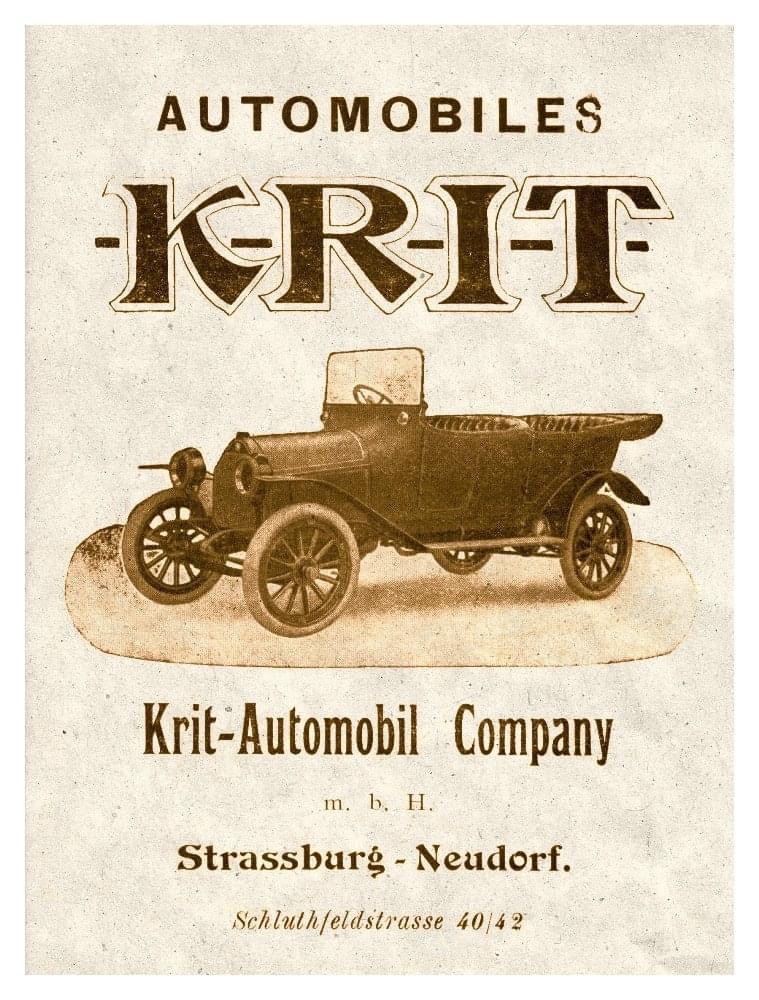Their offering for 1910 included the $800 Krit Runabout, the $826 Krit Roadster and the $850 Krit Surrey.
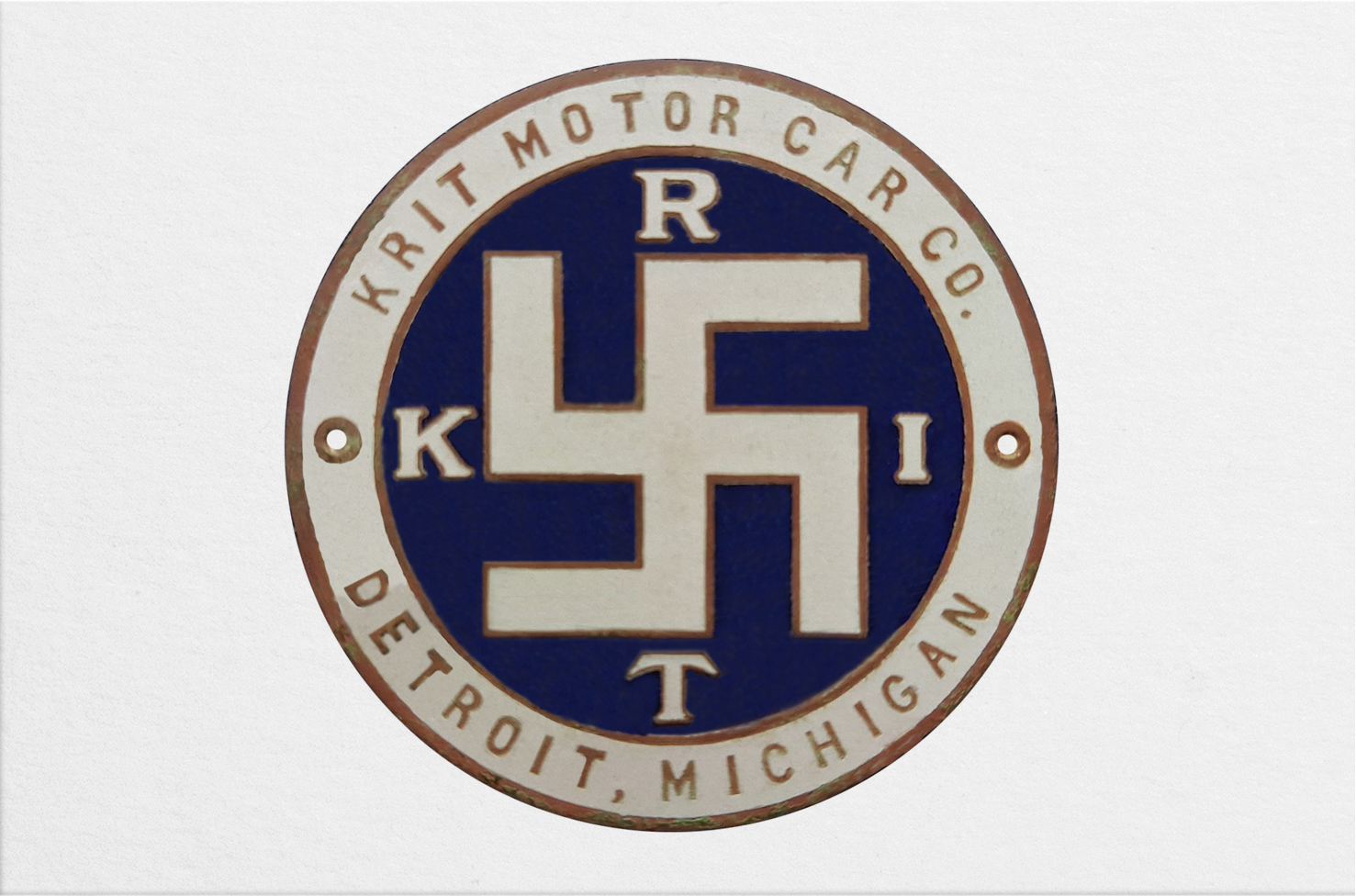
They offered four-cylinder cars for the whole of their lives, except for 1913 when a Krit Six was marketed for that single year. The company was in financial trouble most of the time and car production ceased in 1915.
The company used a swastika for their emblem to ensure favor of auspicious gods, years before Adolf Hitler abused the symbol.
In Sanskrit, the word swastika is a combination of “su” (meaning “good”) and “asti” (meaning “to exist”)
Popularly, this gets translated as “all is well.” The swastika is thus understood to be a symbol of auspiciousness and good fortune, and is regularly donned on Hindu homes, businesses, printed materials, cars, temples, and ashrams.
(The text below is licensed under the GNU Free Documentation License. It includes content from this Wikipedia article.)
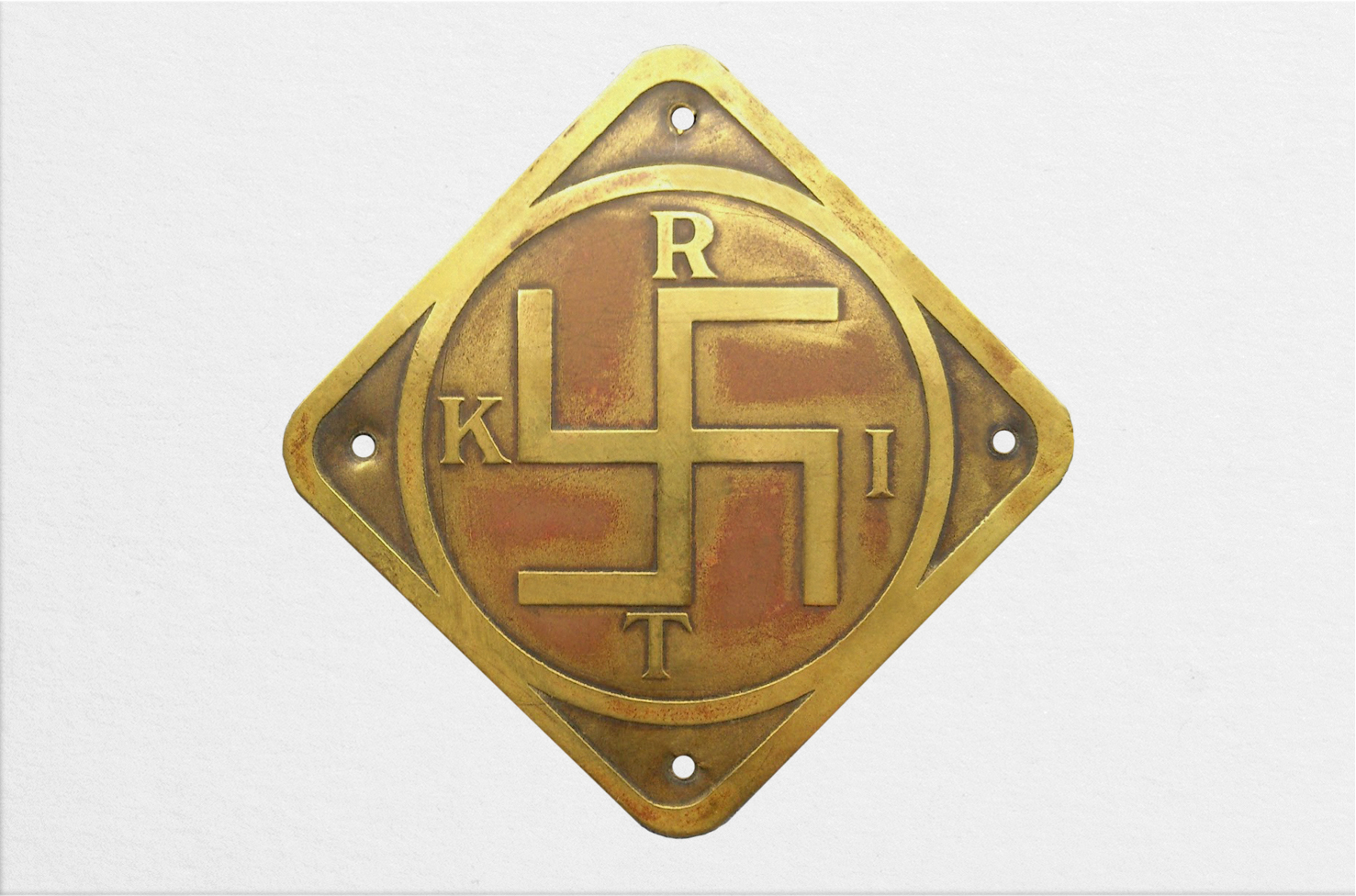
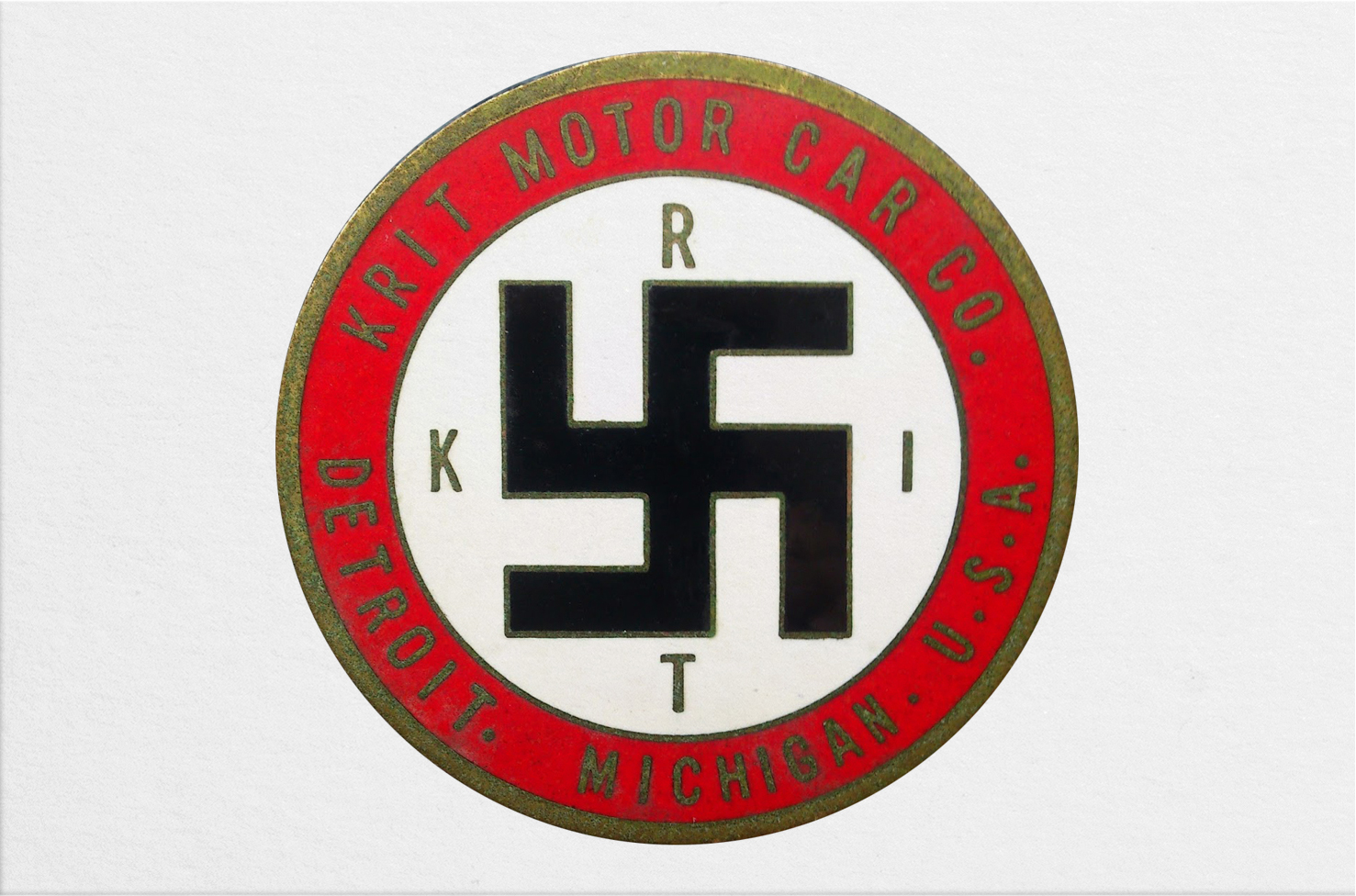

Its name probably originated from Kenneth Crittenden, who provided financial backing and helped design the cars. Krit occupied two different sites during its history: the first one it took over from the Blomstrom car, and in 1911 moved to the works that had been used by R. M. Owen & Company who had moved to become Owen Magnetic. The cars were conventional 4-cylinder models and many were exported to Europe and Australia. The outbreak of World War I seriously damaged the company and it failed in 1915. A few cars were subsequently assembled from remaining parts.
In 1911 the KRIT Motor Company was purchased by Walter S Russel of the Russel Wheel and Foundry Company.
